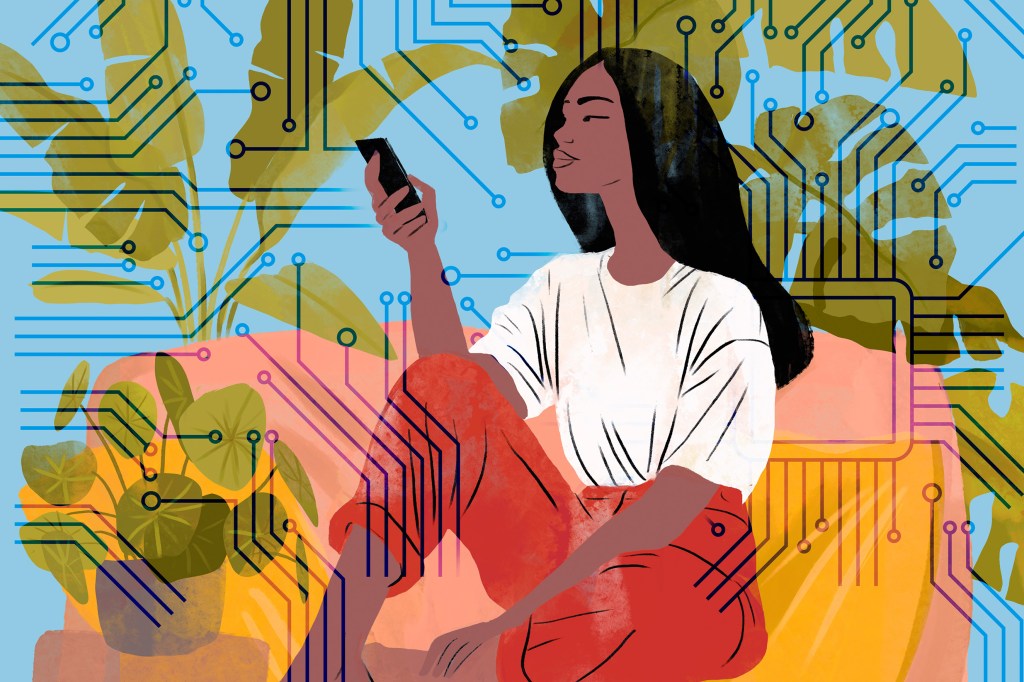
The internet was meant to be a tool for freedom. But for many women, queer people, and gender-diverse people, it has at times become a space of surveillance, abuse, and harassment.
A recent UNESCO report found that 73% of women journalists around the world have experienced online violence. In Latin America, digital surveillance tools are being used to track reproductive health activities. And in many parts of the world, queer content is censored while violent misogyny thrives unchecked. These are not glitches; they’re features of a digital system shaped by a narrow slice of the population.
At the same time, feminists around the world have used digital tools to organize and reimagine new futures.
This tension between harm and hope is at the heart of the feminist tech movement. In honor of Pride Month, we spoke with Jac sm Kee, cofounder of Numun Fund—a Ford Foundation grantee that resources feminist tech advocates around the world—about what’s broken in the digital world, how feminist advocates are fighting back, and what it takes to build technology rooted in care, justice, and collective power.
Let’s start with a moment. When did it all click for you that technology was a feminist issue?
It was a workshop I almost didn’t attend. I thought I was signing up to learn how to build a website. Instead, one of the trainers—who was this badass feminist from the Philippines, Pi Villanueva—asked: “Did you know technology has a gendered history?” That question cracked something open. Suddenly, I could see it: How power shaped even the tools we were told were neutral. How women and queer people were always expected to use tech, but never to make it, question it, or remake it.
From that spark to today, you’re now leading a fund specifically for feminist tech work. Why was Numun Fund needed?
Because the work of feminist tech activists exists at an important intersection that was unfortunately unfamiliar to many funders. Their work was categorized as “too niche” or “not tech enough” or “not gender enough.” We built Numun Fund because we know this work is critical, and yet the movement is constantly struggling to be recognised and resourced. We wanted a fund led by the movement, for the movement—one that understands feminist tech isn’t a sidebar. It’s at the heart of our revolutions.
You’ve said technology is “the biggest new domain of power.” What does that mean and why should we all care?
Look around. Tech can determine how we work, communicate, move, dream. It can decide who gets seen, who gets connected, who gets paid, who gets shut out. But the people shaping this tech don’t answer to most of us. That’s a problem. If feminists aren’t in that room, we’re not just being left out. In some cases, we’re being actively harmed.
So what does feminist tech organizing look like in practice? What are people building?
So much. People are building feminist servers and secure communication tools. They’re growing critical community-grounded knowledge on frameworks and impacts of tech that challenges the status quo. They’re organizing campaigns like “Take Back the Tech,” which I helped launch and is an open-source, decentralized movement that invites anyone, anywhere, to reclaim technology for feminist ends. They’re teaching digital safety, documenting online violence, and resisting surveillance. It’s visionary. It’s strategic. And it’s deeply rooted in care.
It sounds like a lot of this is invisible work, unseen by both funders and the public. Why do you think that is?
Because it doesn’t look like what we’ve been taught to see as “tech.” It doesn’t always scale fast. It doesn’t easily get venture capital funding. It’s not always shiny or housed in incubators. But that doesn’t mean it’s not deeply transformative. Feminist tech work is slow, communal, and sometimes quiet, but it’s what’s keeping so many of us safe, connected, and able to imagine other futures.
So much of this conversation is heavy, but it’s also deeply hopeful. What keeps you going?
I’ve seen what’s possible. I’ve seen people build alternatives with almost no resources—just determination, joy, and solidarity. Imagine what we could do if we fully resourced those dreams. That’s what keeps me going: the knowledge that it is possible to build tech that doesn’t extract or harm, but heals and liberates. We just have to choose it.
Related Grantees